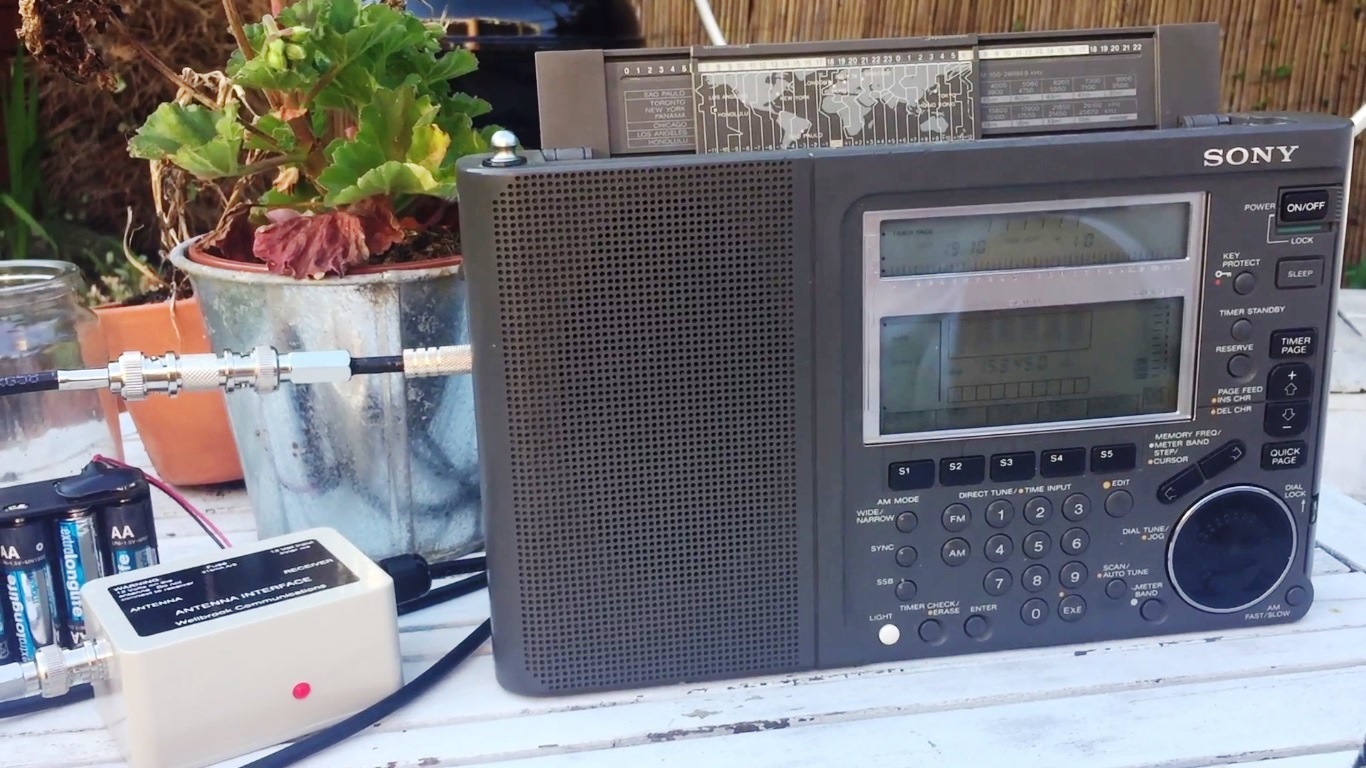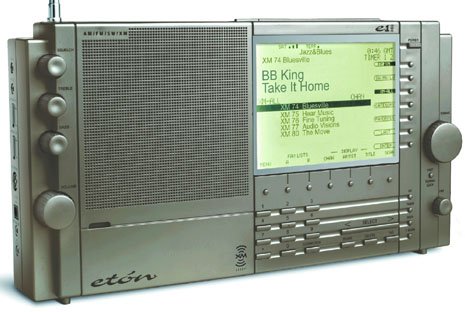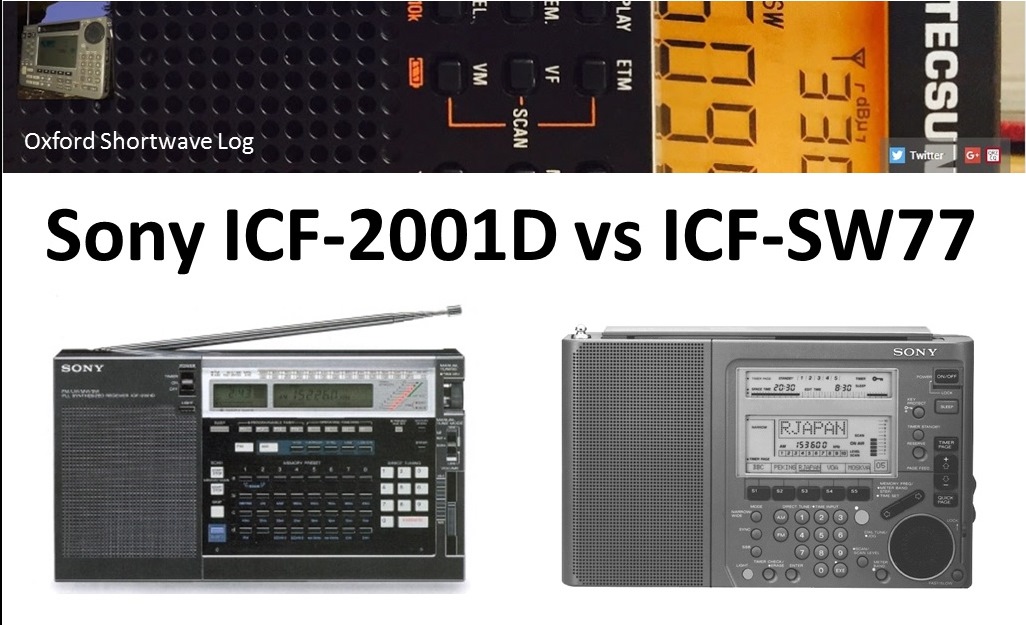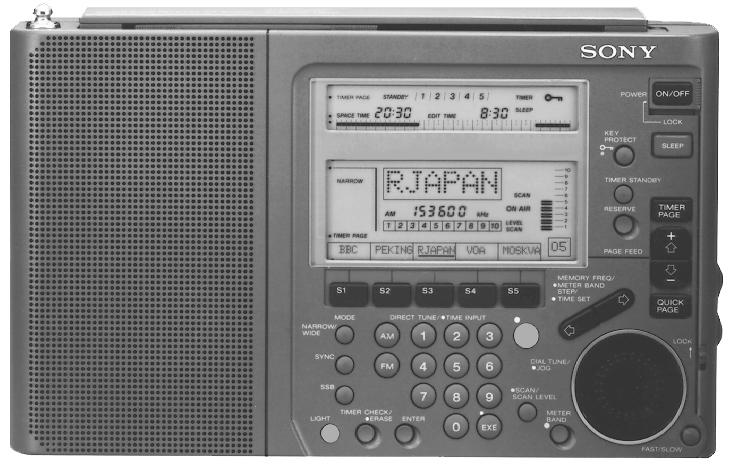
Many thanks to SWLing Post contributor, Marwan Baayoun, who writes in response to our recent post about radio regrets:
For me, my biggest regret was when in November 2018 I sold my well-protected Sony ICF-SW77.
I bought it brand new over the phone from Universal Radio. My ICF-SW77 was my side kick and went with me everywhere. I remember working the second shift at a publishing company, I would always eat my lunch outside while listening to any international broadcasters I could catch like the BBC, Radio Havana Cuba, Deutsche Welle, or the VOA.
I remember how my co-workers reworded the saying “Life Without A Wife, Is Like A Kitchen Without A Knife” to “Life Without A Wife, Is Like Marwan Without His Shortwave Radio.”
When I got married, my best friend invited us to visit with his wife and children at their house in Upstate New York. He even bought one of the tickets as his way in helping me paying for the fares. I remember the night we arrived at his house me pulling my ICF-SW77 and tuning it to the BBC World Service because we all wanted to get the latest on a sad piece of news that was just breaking that made us, and almost everyone in North America and around the world, stare at TV sets hoping for the best. Then Tom Brokaw came on to announced something that we, and others who were listening to the BBC World Service, had already knew 15 minutes earlier: the sad news the Lady Dianna did not survive the car crash.
My friend was impressed with what shortwave radios could bring to the table.
In the last month I went on a binge and bought a used Realistic DX-440 (love this radio BTW, very nice), and all new XHDATA D-808, Tecsun PL-880, and Tecsun PL-680. I also bought but then returned a Sangean ATS-909X.
To close on a happy note, today I received an almost brand new Sony ICF-SW77 that I bought from a very kind gentleman on eBay–he was willing to accept my fifty dollars less than his asking price offer.
My happiness is beyond expression. I would have never thought I would be able to re-unite again with one of these radios in a condition that is identical to the one I sold. He kept it very well. I tried to find a scratch or a piece of dust on this radio but couldn’t. Not only that, it also came with it the original box, very well kept manual and “Catch the Waves” booklet, (I gave mine to the gentleman who bought my radio, so it was sweet that they were replaced with this purchase). My new ICF-SW77 seller just did not have the power adapter that came with this radio, which is fine with me. I can always find a third party power adapter to buy.
I feel so lucky I am once again an owner of one of these awesome radios.
What an amazing story, Marwan, and I’m so glad you’ve been reunited with an IC-SW77!
Radio love is a funny thing and hard to compare with any fondness one might have of other consumer electronics. For example, I’ve never lamented over the loss of a laptop, iPhone, or iPod–but, like you, I have indeed regretted parting with radios. I know many of you feel the same way.
To me, radios feel much more like companions who share the world with you–through travels and over the air.
I’m happy to hear you’ve got your companion back, Marwan!
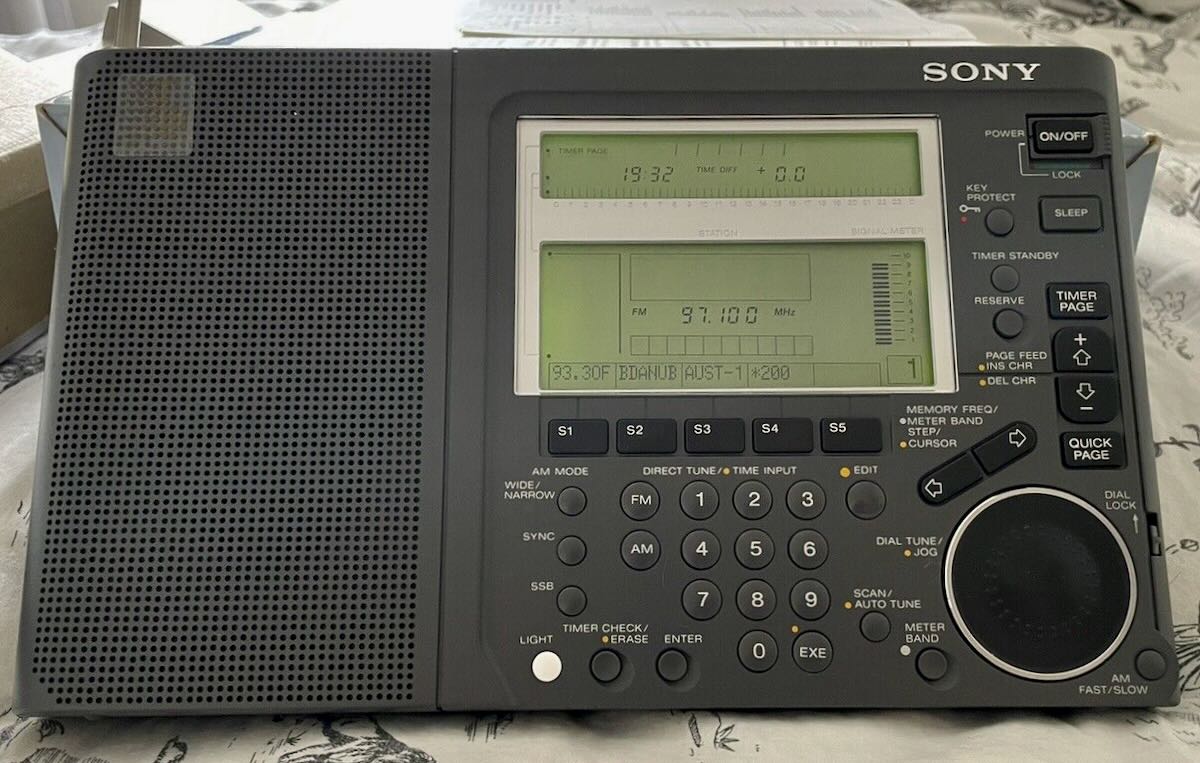 Many thanks to SWLing Post contributor, Julian, who writes:
Many thanks to SWLing Post contributor, Julian, who writes:

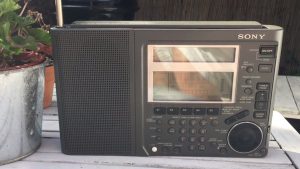
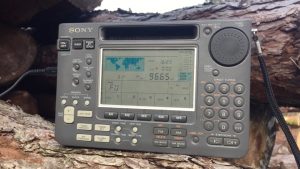
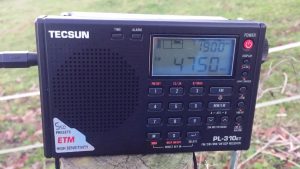 Sony ICF-SW55 Tecsun PL-310ET
Sony ICF-SW55 Tecsun PL-310ET